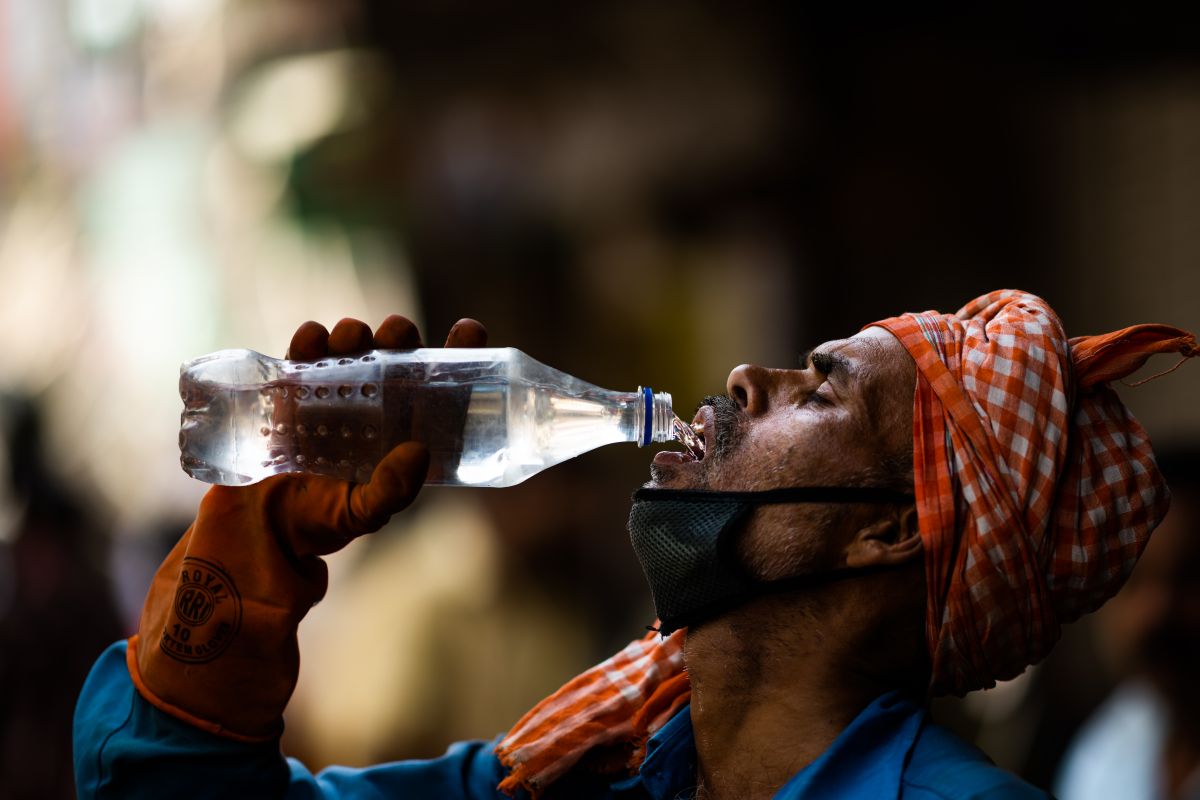Water is the primary necessity of life. The rising scarcity of fresh drinking water and health consciousness have helped companies to establish a strong water supply industry in India.
According to the Trade Promotion Council of India, the packaged drinking water bottle market in India is estimated at $24 billion in 2019 and is expected to reach $60 billion by the end of 2023.
On the other hand, India ranks among the top 10 bottled water consumers in the world. According to reports by research and analysis firm Statista, currently, India’s annual bottled water consumption amounts to 23,605 million liters, reaching 27,444.7 million liters by 2026.
Since water business in India has a bright future, its growth has severe and hidden negative impacts on humans and the environment.
If you think it costs only Rs 20 a litre, then you are very wrong.
The data presents the dark story behind the water business and the huge cost that our environment is paying for this. Let’s see how:
Depletion of groundwater
The main source of water treatment plants is groundwater since it is free. Due to no legal framework on groundwater, the person who owns the ground owns the water.
Licensed vendors or companies just drill a hole in the ground and get water for their business leading to a fall in water level in that particular area.
According to a report by the DownToEarth magazine, Coca-Cola’s bottling plant is located in drought-prone Kala Dera near Jaipur. It extracts 5 lakh liters of water every day at 14 paise per 1,000 liters. It is just the story of one particular plant.
With a large number of players entering the business, water treatment plants have also grown manifold. There are more than 6,000 licensed water bottling setups under the Bureau of Indian Standards (BIS) and 5,735 licensed packaged drinking water brands across India as per several reports.
The list does not include the unlicensed and unauthorized water packaging units, pointing out to the seriousness of groundwater depletion by vendors and companies involved in the business.
Contribution to creating a drought-prone area
Drought Early Warning System (DEWS), real-time drought-monitoring platform data suggests that India’s 21.06 percent land region is facing drought-like situations.
Amid climate change and change in precipitation pattern water treatment plants are add-on factors to it. As water treatment plants extract around a million litre per day, giving no time to revive or recharge the groundwater.
Contribution to plastic production
The water business industry is not only harming groundwater but also our environment. This industry has a high demand for PET (Polyethylene Terephthalate) containers.
According to PETnology India, a website providing information about plastic, the consumption of PET bottles was 1.1 million tons (2020), and the consumption of recycled PET was 0.99 million tons (2020) in India.
It further mentions that almost 5 lakh tons of these were used for bottled water (18%) and fruit drinks (28%) containers.
Contribution to pollution
We all know how plastic affects our environment. According to Indian Beverage Association data, 79 percent of PET or plastic is used for packaged drinking water.
Last year, replying to a question in the Lower House of Parliament, Minister of State for Environment Ashwini Choubey said that more than 34 lakh tons of plastic waste was generated in 2019-20 and 30.59 lakh tons in 2018-19, doubled from 15.89 lakh tons in 2015-16.











